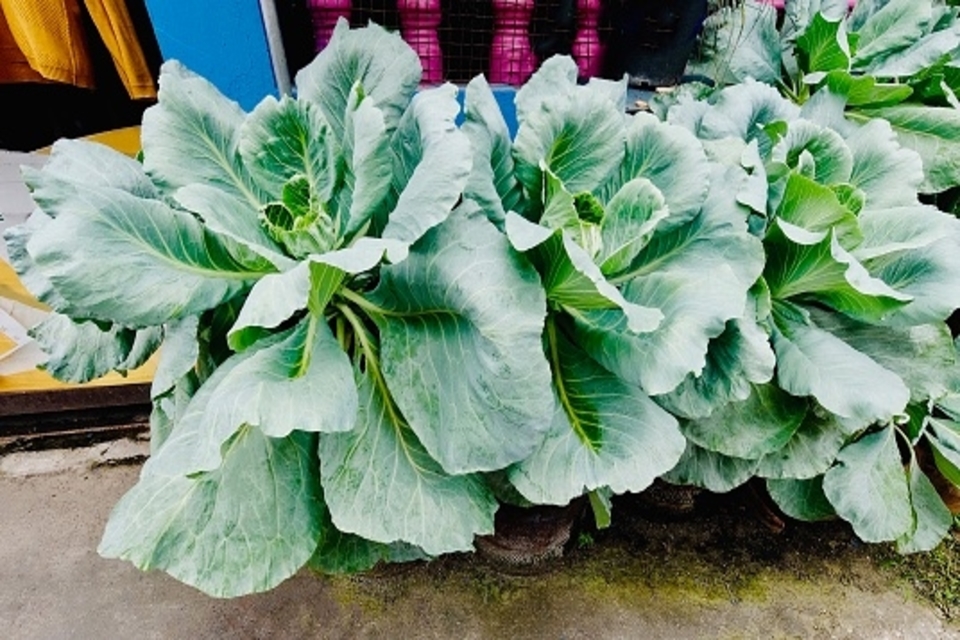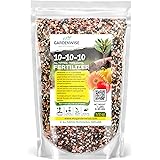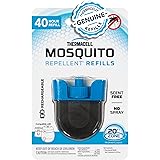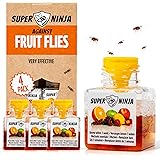Do you like including kales in your diet?
Well, you are okay because of all the leafy greens, kale tops. It is the healthiest. Kales is one of the green leafy vegetables anyone would want to eat. They are rich in vitamins K and C, Iron, calcium, fiber, among other essential nutrients that can help fight different health problems.
Most importantly, the antioxidants help your body eliminate unwanted toxins brought about by environmental pressure and natural processes. Thus, protecting you against various types of cancers. We all want clean and rich green colored kale leaves. However, sometimes you may come across leaves with peculiar appearances. And these may raise questions in your head if you are concerned about your safety.
Are Bugs on Kales Safe to Eat?
Yes.
You know it’s always advisable to thoroughly wash your veggies before preparing a dish. However, a little bug remains will not cause any harm to your health. But if it makes you feel bothered, you can still use the organic bug killers. Otherwise, they are safe to eat.
The most common bugs are aphids, especially during the late summer. And a small bug residue can’t be compared to the deposited pesticides in the commercially produced kales.
You can keep aphids off your kales using these two methods;
1. Spray Them Off with A Faucet
Once you start spraying them off well, for a few days, they will not come back. In case this first method doesn’t do the trick, apply the second method.
2. Soak Them with Vinegar, Salt, Or 1-2 Drops of Your Dish Soap.
Fill a bowl or sink with water, place your kales in for a soaking. After that, drain the water and start rinsing your greens well. Be careful washing each leaf, and if you are preparing the curly ones, unfold the leaf edges and check for dirt and critters along the spine, where they mostly hide.
You should not rush this step. Unless you are okay with eating the extra proteins, you have to take your time to wash and remove the bugs. Also, ensure that you drain your leaves using a towel. You can then pat them dry or use a salad spinner to spin them till the water is off.
Additionally, if you are not going to cook them immediately, put them in a plastic bag and store them in your fridge.
Can You Eat Kales with Holes?
Yes.
What happens is that the flea beetle makes small holes as they feed, but they do not transmit any diseases. The unpleasant appearance may result from insect damage, scars, small holes, or healed cuts. In any of the cases, your kale leaves are perfectly safe for consumption.
Insect damage doesn’t render vegetables and fruits edible. If you notice a damaged part, you just cut it off and inspect the left part.
However, to avoid having holes in your kale, cover your crops every night. It’s a cumbersome process, but it is worth it. Still, some may apply a synthetic super-toxic pesticide.
How to Get Rid of Caterpillars on Kales
There are different methods you can use to get rid of caterpillars on Kales.
1. Hand-Picking
When it is about caterpillar removal, the immediate way to deal with the issue is hand, gloved hand.
Start by putting hot water in a bucket halfway and put two tablespoons of dish soap. Get yourself a pair of canvas and rubber gardening gloves and head to your kale site. Then, lift caterpillars from your kale leaves. Caterpillars are known to hide underneath the leaves, so you should check on both sides.
Once you pick them, drop them in hot water to drown. Some caterpillars like saddleback have spines; hence glove ensures that you do not get stung when you handle them. That is a proactive method to apply, and for you to remove the whole population, repetition of the process will be necessary.
2. Empty the Caterpillar Nest
Destroying their nests is a more aggressive way to address the caterpillar problem literally. You will always find the silk-spun homes dangling from trees around your kale plantation. Knock the nest using a broom handle or sharpened stick, then scrape and spin along the inside to remove the inhabitants.
Afterward, put the nest, together with its content, inside the soapy, warm water to kill the till-living caterpillar. To increase your chances of success, destroy the camp late at night or early morning because these are the times the caterpillars are in their nests.
As useful as this method is, you may still need to repeat the process just if the remaining caterpillars rebuild nests.
3. Poison the feeding Caterpillars
If you are not interested in handling and hunting these pests, this method will suit you well. In this most effective method, you will apply a solution containing a bacterium called Bacillus thuringiensis (Bt) on your kale leaves. You can still apply it to any plant in your garden that is being destroyed by the caterpillars.
The bacteria naturally occur in the soil, and it kills caterpillars within days. They do so by destroying their stomach lining. You mist its liquid of dust its powder directly on your plants. The caterpillars will consume it along with the kale leaves.
Amazingly, this method is safe for humans, pets, plants, and pollinators. The bacteria are only lethal to caterpillars, some worms and moths who would like to feed on your greens. And in case your infestation is still there, reapply after 1 or 2 weeks because the direct sunlight will have broken the initial application will have.
Wrapping up
Well, now you know you can still enjoy every bit of your kales. It is natural to worry just about anything that can impact your health. That is why even a slight change in color or smell of vegetables makes people throw them away. Therefore, you should not throw your precious kales simply because they have holes or bugs traces on them.





